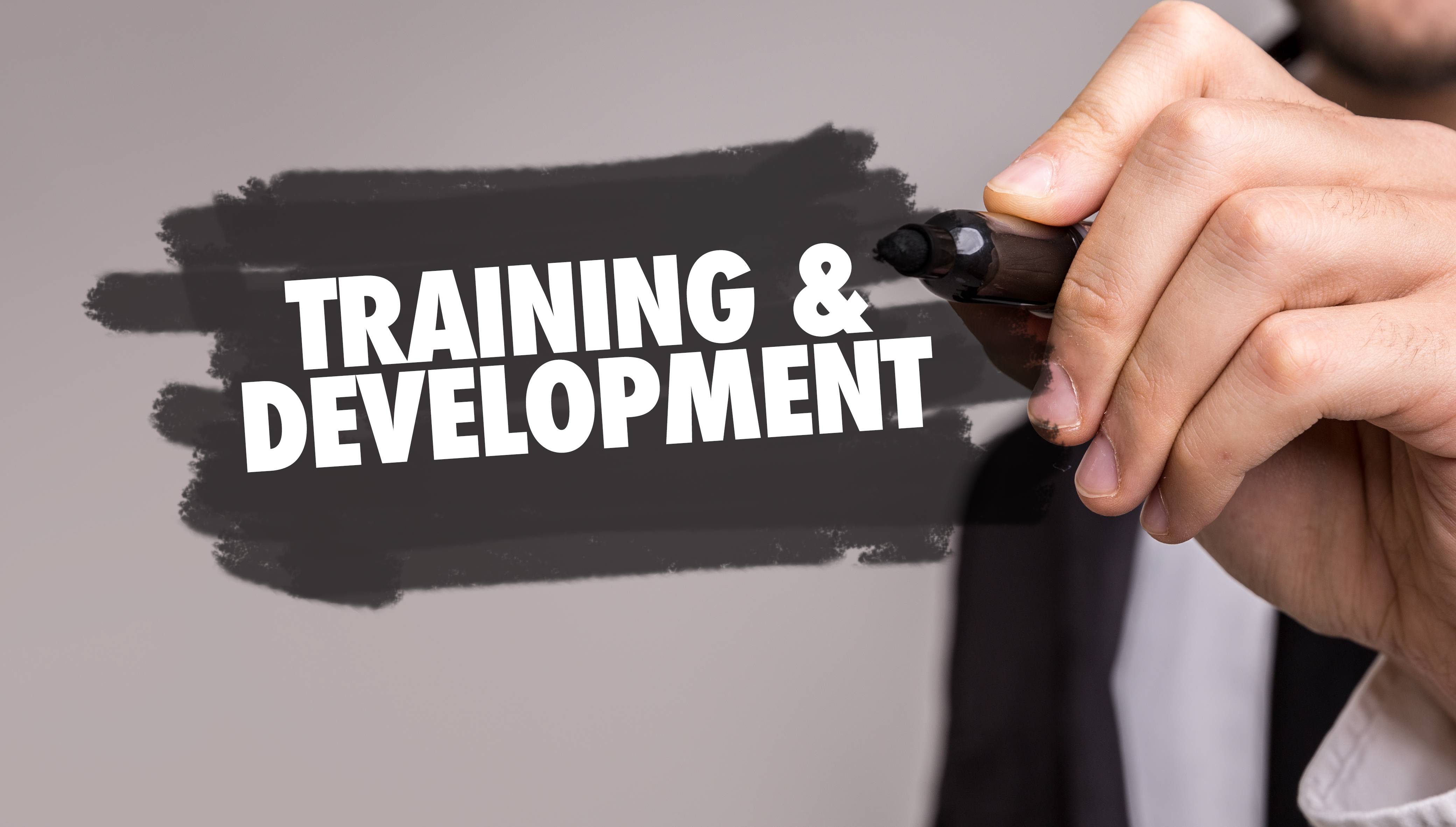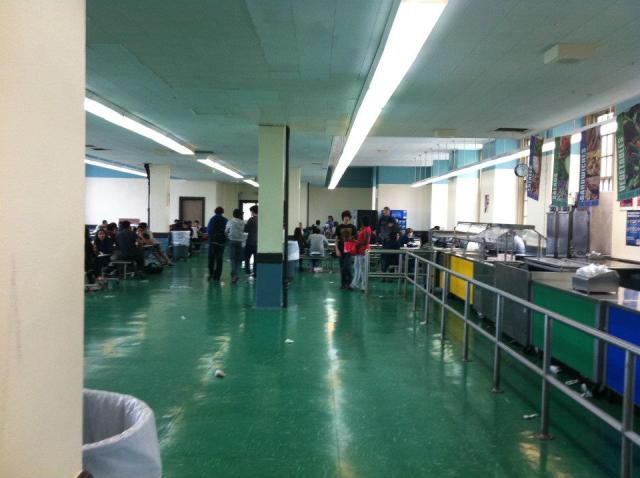
Scientists can count many animals but not all. Basic math is used to estimate the population density of animals, such as the number and size of fish found in an area. These studies are particularly useful for certain species of fish that tend to be restricted to a particular area off the coast of New England. Scientists can track the changes in population density by counting fish. Continue reading to find out more about the science behind counting fish. This article describes some of the problems that scientists face when counting fish.
NOAA's trawl program has problems
The NOAA's trawl method is basically unchanged since 1960. This means that fish behavior and populations will vary greatly depending on their location. The current NOAA fish count system cannot be used to track their abundance. Scientists need new technologies to improve the system and provide a better picture of the entire ecosystem. To make NOAA's fish counts more accurate, new technologies should be used to measure the size of the fish in the ocean.
New England is a center for fisheries science. New technologies and methods are being developed by regional fisheries scientists to improve statistics. They are striving to create a better fisheries statistics, a more reliable system and the best policy possible to protect our nation's fishing stocks. The data produced by these new technologies will help fisheries managers balance survival with sustainability.

Methods for estimating fish populations
Biologists may use several methods to estimate the population size for salmon and other fishes. They can count adult fish in water bodies and use statistics for estimates. Zippin's maximum probability model was considered the most reliable. Statistics are also provided by the Carle & Strub maximum weighted likelihood model. An example of this is a fish count that was done following a reservoir drainage. This can be used for refining a fish population estimation.
Scientists in Boston have developed a new sonar technology that can detect fish presence by scanning areas that are a million times larger than before. This technique is expected to revolutionize fisheries regulators' management of their resource, researchers claim. Science published a report detailing the methods of the scientists. Nicholas Makris, the lead author of this report, says that the new methods are more precise than the previous ones. This is crucial because it allows scientists to make more accurate estimates regarding the fish population.
The importance of certainty when it comes to data on fisheries
Fisheries are complex and require high levels certainty in order to manage them. Management controls can only be implemented if there is high certainty in the estimations of MFMT or current biomass. These data should be near the MSY, but far enough that there are variations in the resource. Data uncertainty does not refer to the level or predictability of resource status and dynamics.
SDC offers high levels of certainty, but scientists often use alternative information to assess the vulnerability for fishery stocks. You can also use visual census surveys to determine the frequency of catch, weight frequency, and length/weight frequency as alternative data sources. These data, regardless of where they came from, should be explained in order to help fisheries managers. These are the top considerations for sustainable management of SDC.

Automating fish counts presents challenges
Automated processes can be used to improve NOAA's fish counts in many ways. These counts give scientists a better understanding of the fish population and ecosystem. Automated processes pose additional problems because they can introduce errors and increase data volume. There are many new solutions to these problems. But before we can fully automate fish counts, we need to understand how the ocean actually works. The ocean is a dynamic environment with many factors that can influence the behavior of fish populations and their population.
Common methods of monitoring fish abundance include remote underwater camera stations (BRUVS), which are often used for baiting. These video stations generate wide ranges of fish abundance, and automated analysis is crucial for making these counts reliable. Manual data collection can be costly and limit the scaleability of these video systems. Computer vision has been used in automated analysis to address this issue. Technical limitations prevent automated image analysis from being used for routine monitoring of fisheries.
FAQ
What does it really mean to be an early childhood teacher?
Teacher in early childhood education needs to have specific training. Most states require teaching candidates to get certification from state boards in order to be allowed to teach in public schools.
Some states require teachers to pass tests on subjects like math and reading.
Some states require teachers who teach early childhood education to have completed a certain amount of coursework.
Most states have minimum requirements that teachers must know. These requirements are not the same in every state.
Are there special skills required to work in my chosen field?
Writing skills are essential for lawyers. To be a nurse you need to be able communicate with patients. To become an accountant, you will need strong math skills. These are just a few examples. Take a look at all the things that you love doing. What job is best for you? You will need to know how to design machines and structures if you want to become an engineer. Understanding basic math will be essential if you want to be successful. You will need to be able to comprehend statistics and numbers in order for you to succeed in business. To be a successful teacher, you will need excellent communication skills. You will need to have the ability to help others learn and to teach them.
Should I choose to specialize in a single subject or branch out into other areas?
Many students prefer to focus on one subject, such as English, History, Math, rather than branching out into other subjects. But, you don't always have to specialize. For example, if you're considering becoming a physician, you could choose to specialize in either internal medicine or surgery. You can also choose to be a general practitioner, specializing either in pediatrics or family practice, psychiatry, gerontology, or neurology. If you're considering a business career, you could concentrate on marketing, management, finance, human resources, operations research, or sales. You have the freedom to choose.
What is a vocational school?
Vocational schools are institutions offering programs designed for people who want to enter a specific occupation. They might also offer general education courses or training in the skills that employers require.
Because it helps young people to develop the skills that they need for success in life, vocational education is an integral part of society. It makes sure that every student has access to high-quality educational opportunities.
A vocational school offers its students a range of options, including apprenticeships, certificates, diplomas, degrees, college transfer programs, and other postsecondary credentials. Vocational schools offer both academic and practical courses in math, science and English.
What is the main difference between schooling and college?
Schools are often divided into classes or grades, with one teacher teaching a class of students. Colleges offer more specialized programs, and many include university-level classes. The majority of schools focus on core subjects, while colleges offer more specialized programs. The curriculum at both levels is designed to prepare students for further study at higher levels.
What is homeschooling exactly?
Homeschooling is an educational method where children are educated at home by their parents. It is also known by the names private education or self-education.
If you want your children to learn at home, then homeschooling can be a great option. This method allows children to receive a quality education from home.
From birth, parents educate their children until high school. They decide on the subjects they want to study and how much time each subject should take. Each student learns all on their own.
Parents choose when to start teaching their children. Many schools recommend children attend classes starting at the age of four or five. However, some families wait to teach their children until they are old enough to do so.
There are many resources parents can use to help them navigate the curriculum. Books, videos, websites, and even magazines provide valuable lessons.
Many families find homeschooling works well for their busy schedules. The parents can spend more time together than traditional public school teachers.
Statistics
- These institutions can vary according to different contexts.[83] (en.wikipedia.org)
- Think of the rhetorical power of nineteenth-century abolitionist Harriet Beecher Stowe, Martin Luther King, Jr., or Occupy Wall Street activists with their rallying cry of “we are the 99 percent.” (bostonreview.net)
- “Children of homeowners are 116% more likely to graduate from college than children of renters of the same age, race, and income. (habitatbroward.org)
- In most developed countries, a high proportion of the population (up to 50%) now enters higher education at some time in their lives. (en.wikipedia.org)
- They are more likely to graduate high school (25%) and finish college (116%). (habitatbroward.org)
External Links
How To
How to enroll in homeschooling
Homeschooling refers to the education of children at home. It involves teaching them through different methods, such as reading books, watching videos and doing exercises. Because it allows students to learn at their own pace, develop skills such as problem-solving and critical thinking, self-discipline and communication, and social skills, it is one of the best ways to learn.
Many people want their children to be educated at home. This is especially true for working parents. They have the option of homeschooling which allows them to put their energies into their children's education without needing to worry about someone taking care of them at work.
There are many benefits to homeschooling. These include the ability to think critically, creatively, expand their knowledge base and improve their language skills.
Homeschooling has one main goal: to give quality education to children in order to help them become successful adults. There are certain prerequisites that must be met before you start homeschooling. It is important to check if your child is eligible to go to public or private schools. Consider what curriculum you will use when you start homeschooling. There are many kinds of curricula on the internet that you can choose depending on what your level of knowledge, budget, and preference is. There are several types of curricula available online, including classical, Montessori Waldorf Reggio Emilia Charlotte Mason, natural learning, unschooling, Waldorf, Reggio Emilia and Reggio Emilia. It is also important to have the resources you will need to teach your child. This includes purchasing books, educational materials, computers and electronic devices. You can buy these items online or purchase them from local stores.
Once you've completed the above steps successfully, you can register yourself as a parent who homeschools. To do this, contact your state department or education for assistance. They will help with the forms and give you advice on how you can start homeschooling.